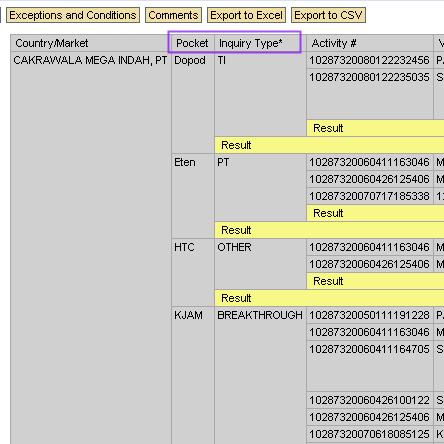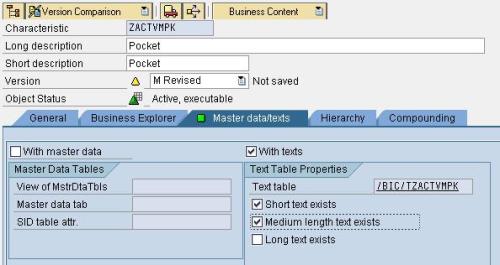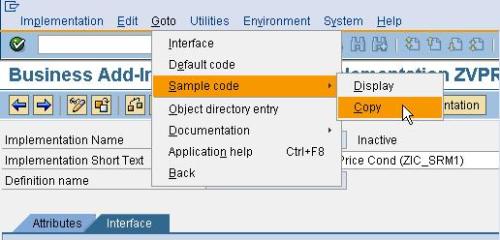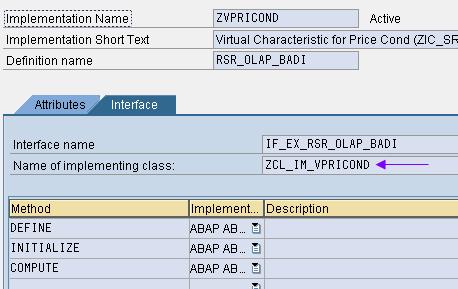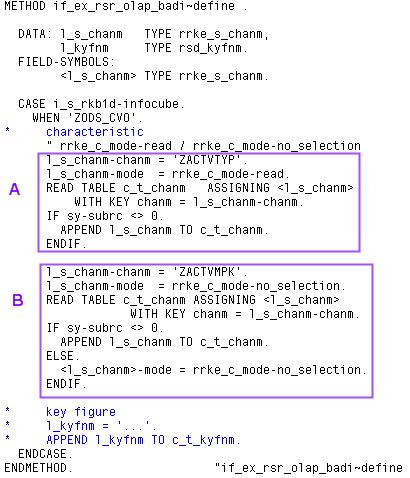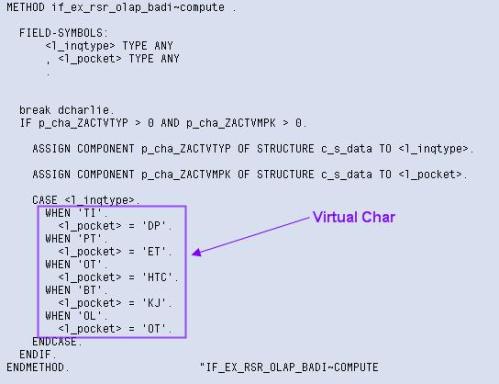I’d like to share about the presentation in BI 7 Report. Sometimes in the report, there is a requirement to display the data for 1 year or even more than 2 years whereby it’s displayed in monthly basis.
Well, the standard options, we can use paging (there is required time to navigate from 1 page to another page) or display everything in one shot (so it exceeds the width of windows / user need to scroll right and left).
There is another option that we can use that it uses an internal scrolling. So the scrolling only happens within that data analyzer only (like the picture below). Using this way, users don’t have to wait for sometimes to navigate to next page (if we use pages) /scroll left/right of the window.
The good thing from it that we can setup the fixed column, the default fixed column is the characteristic so that the key figures that we can scroll left/right or we also can setup the fixed column on the key figure itself e.g. there is summation of the previous year that user want to use it as reference. So that usually, it’s also able to be used as fixed column.
For this one, you’re not needed to be able to code an ABAP. The module is already provided by SAP :D. You only use and configure it.
How to configure it:
- Go to property for your analysis Item.
- You will find Internal Display property, the first setting , you will see Modification.
- Change the value for Modification to Single Module.
- Insert this module: com.sap.ip.bi.rig.Scrolling
- Activate the module, there is a value to be configured as active.
Bim, salabim .. You activate, save, and execute it. Then you’ve already had it. The fixed column for that one is still the default one which is the characteristic. If you wanna configure it, you can configure the parameter for COLUMN.
The things that I want to highlight is about the performance :p. It impacts the performance J. Especially in loading data when opening report because there’s required time for rendering. There are many layers used for creating this good report presentation, but after that, user will be happy. So don’t forget that performance things must be told to the user and they need to sign to approve :p
Hope this sharing is helpful

